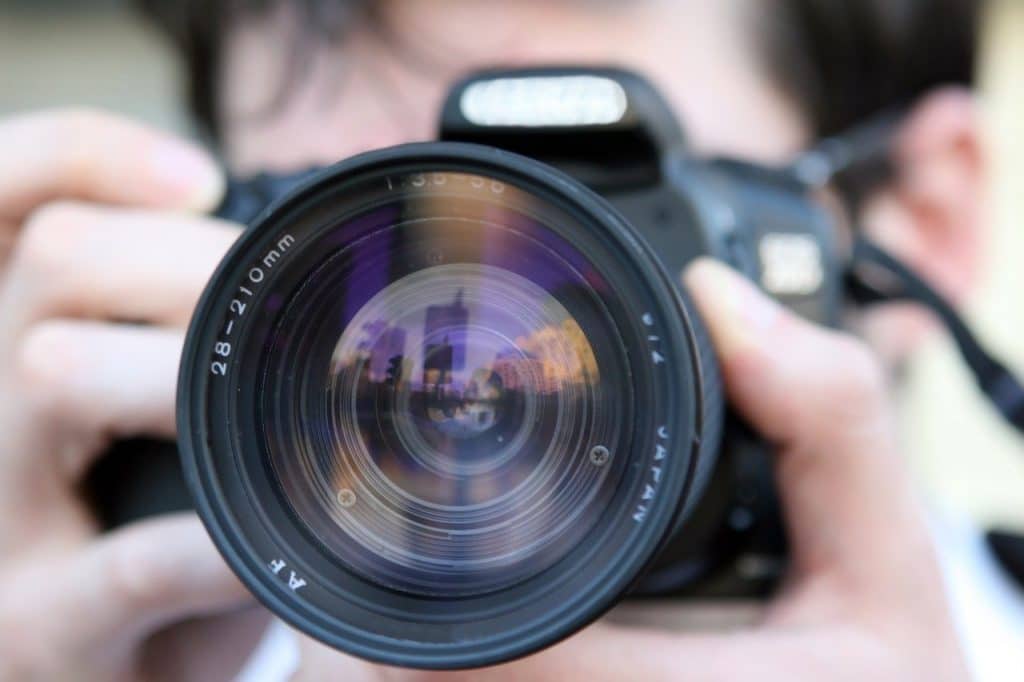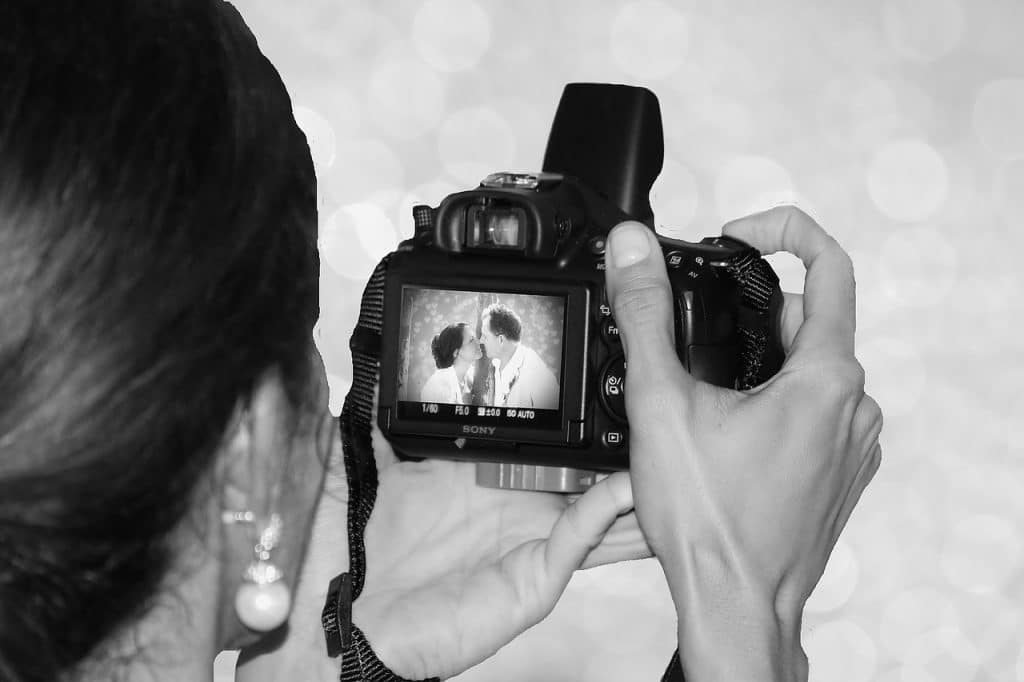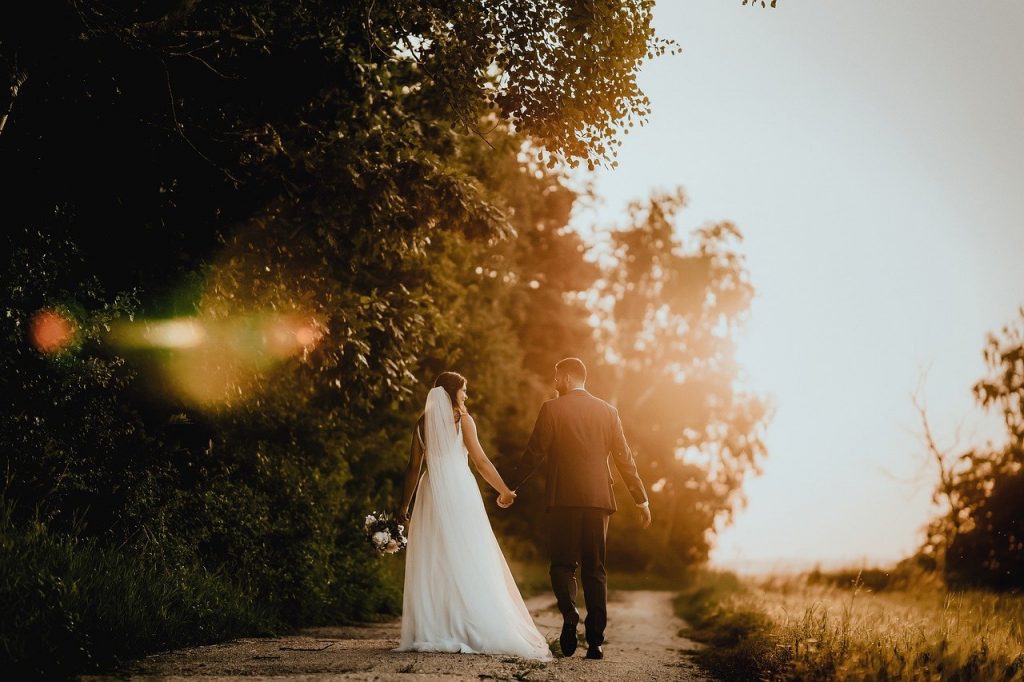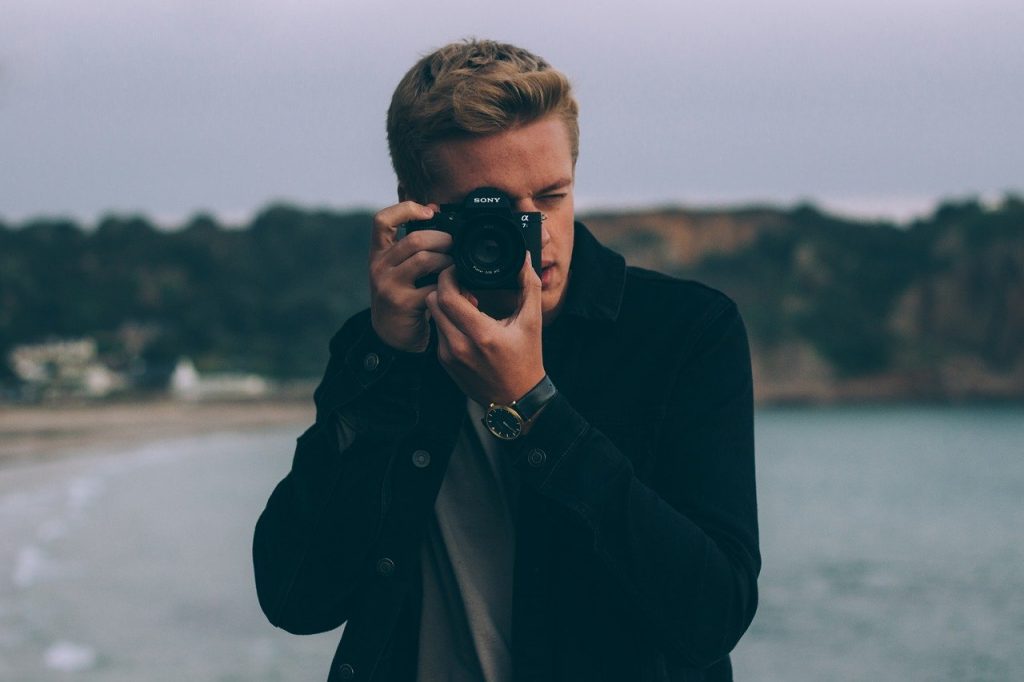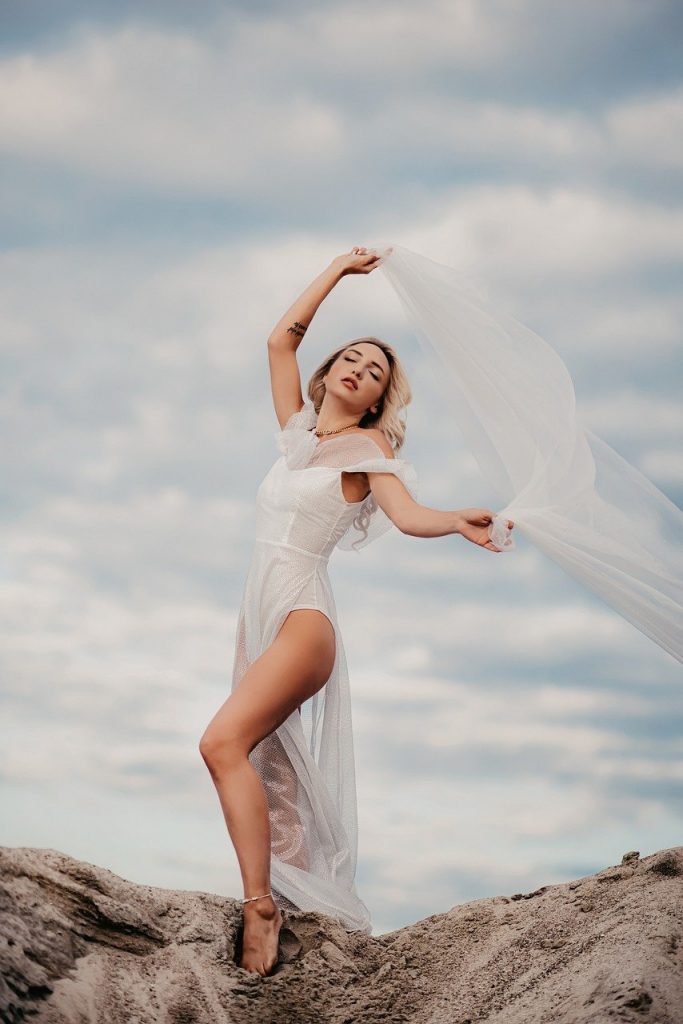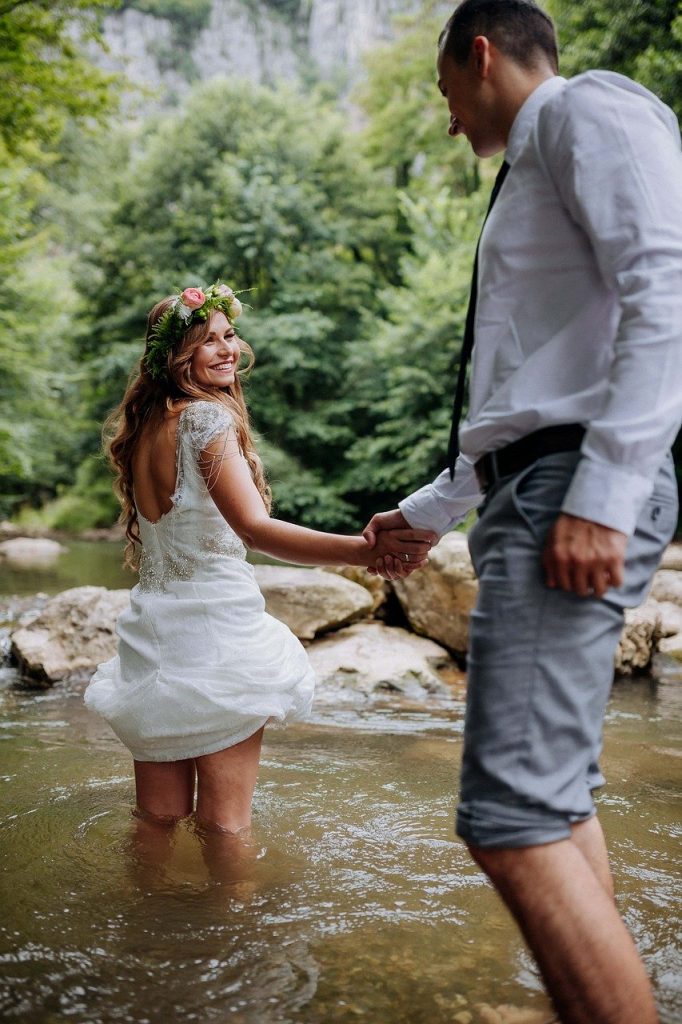wedding photography
Wedding photography is a specialized field that involves capturing the moments and emotions of a couple’s special day. It requires a combination of technical skills, artistic vision, and the ability to work in dynamic and often fast-paced environments. Here are some essential tips and techniques for wedding photography:
## 1. **Preparation and Planning:**
– Meet with the couple beforehand to understand their vision, preferences, and specific shots they want to capture.
– Scout the wedding venue(s) in advance to familiarize yourself with the layout and lighting conditions.
## 2. **Equipment:**
– Use professional-grade camera bodies, a variety of high-quality lenses (e.g., wide-angle, standard, and telephoto), and external flashes for versatility.
– Have backup equipment on hand, including extra camera bodies, lenses, batteries, and memory cards.
## 3. **Shot List:**
– Create a comprehensive shot list in collaboration with the couple to ensure you capture all the important moments, including family portraits, key ceremony moments, and reception highlights.
## 4. **Capturing Emotions:**
– Look for candid moments that convey genuine emotions, such as laughter, tears, and moments of connection between the couple and their loved ones.
## 5. **Lighting:**
– Utilize natural light whenever possible, but be prepared to use artificial lighting techniques, such as off-camera flash, to fill in shadows or add drama.
## 6. **Composition:**
– Apply strong compositional techniques, like rule of thirds, leading lines, and framing, to create visually engaging and balanced images.
## 7. **Posing and Directing:**
– Provide gentle guidance to the couple and wedding party for posed shots, ensuring they look natural and relaxed.
– Encourage the couple to be themselves, capturing their unique personalities and dynamic.
## 8. **Details and Atmosphere:**
– Pay attention to the finer details that make the day special, such as the rings, floral arrangements, table settings, and decor.
– Capture wide shots of the venue and surroundings to establish the atmosphere and setting.
## 9. **Staying Unobtrusive:**
– Blend into the background during intimate moments to capture candid shots without being obtrusive or intrusive.
## 10. **Adapting to Changing Conditions:**
– Be prepared to adapt to different lighting conditions and weather. Have a backup plan for outdoor shoots in case of rain or harsh sunlight.
## 11. **Post-Processing and Editing:**
– Use software like Adobe Lightroom or Photoshop to enhance colors, contrast, and sharpness. Be careful not to over-edit, aiming for a natural and realistic look.
## 12. **Ethical Considerations:**
– Respect privacy, cultural sensitivities, and legal restrictions when taking and sharing photographs.
## 13. **Continuous Learning and Inspiration:**
– Study the work of other wedding photographers, attend workshops, and seek new locations to keep evolving your skills and creativity.
Remember, wedding photography is not only about capturing beautiful images, but also about preserving the emotions and memories of the day. Approach each wedding with creativity, sensitivity, and a focus on storytelling.

